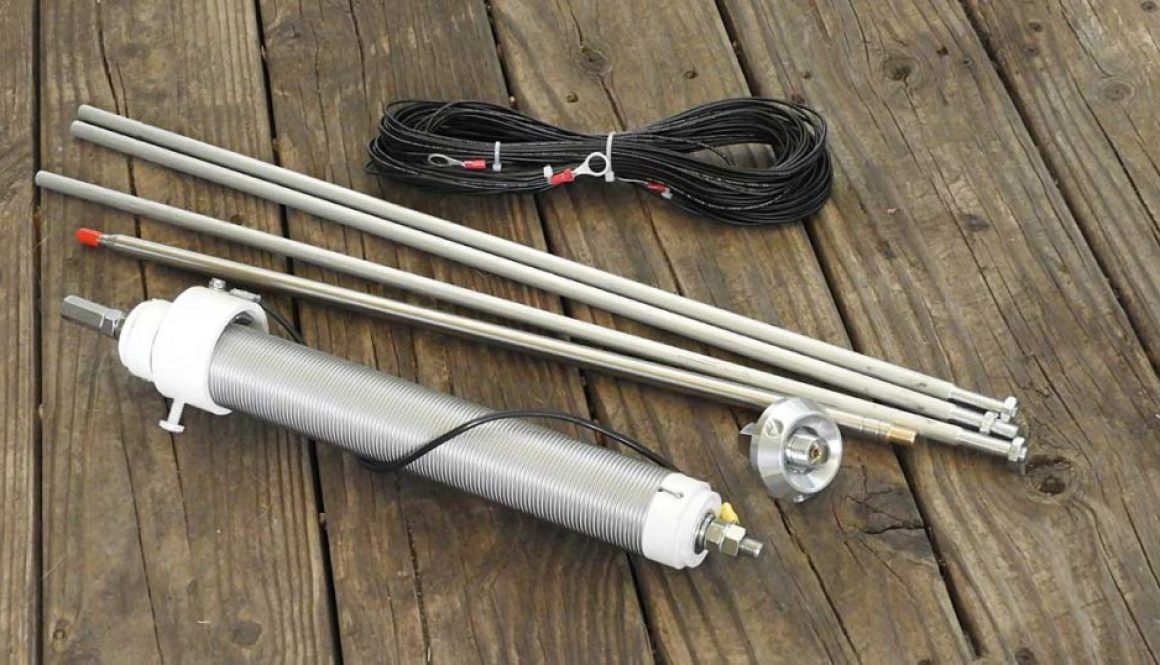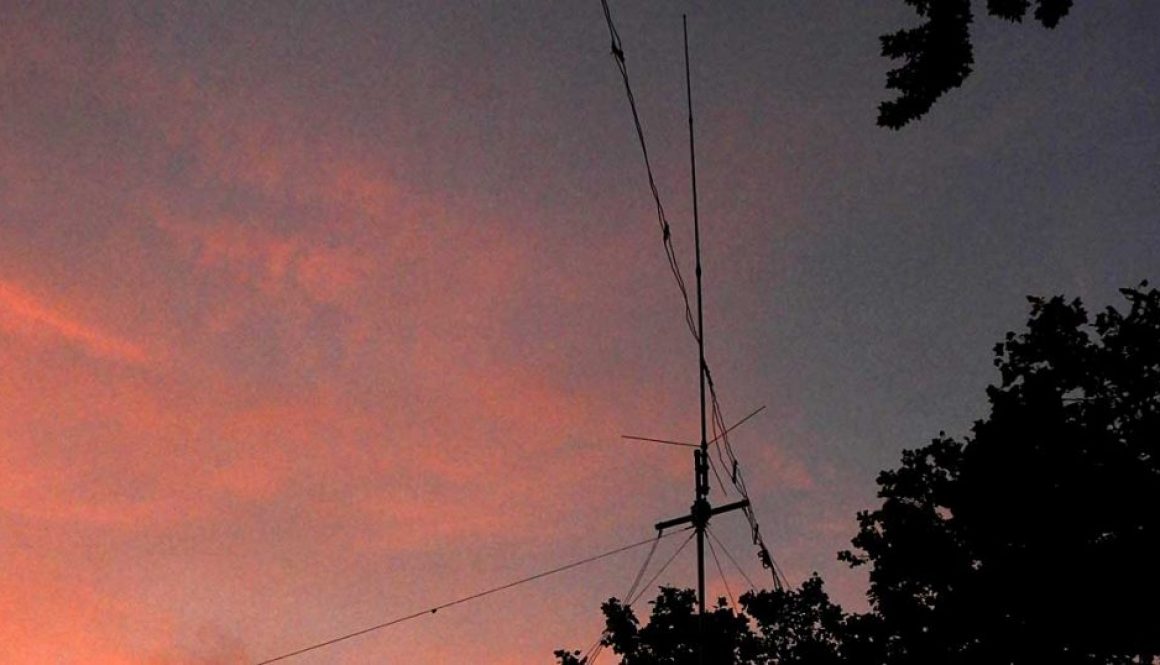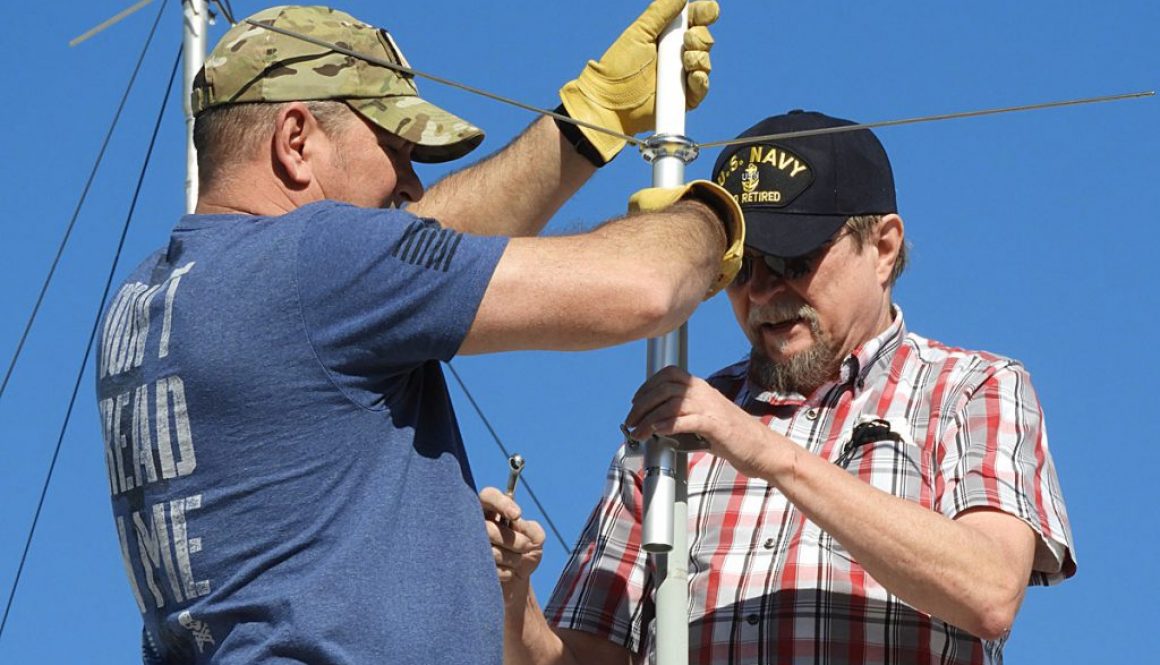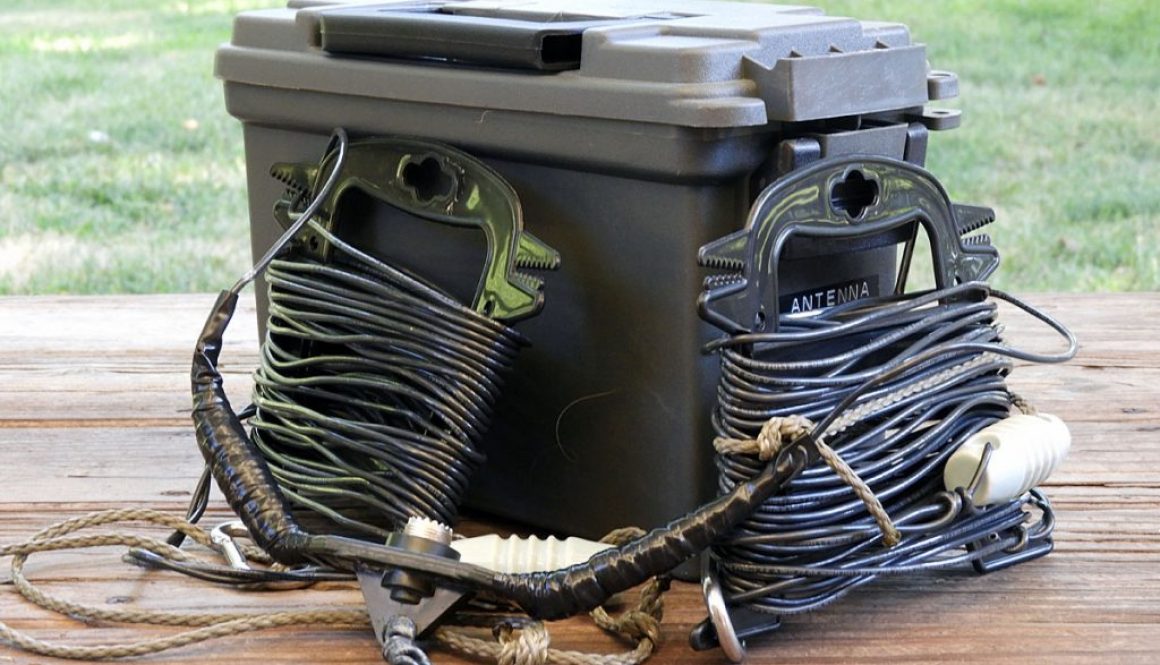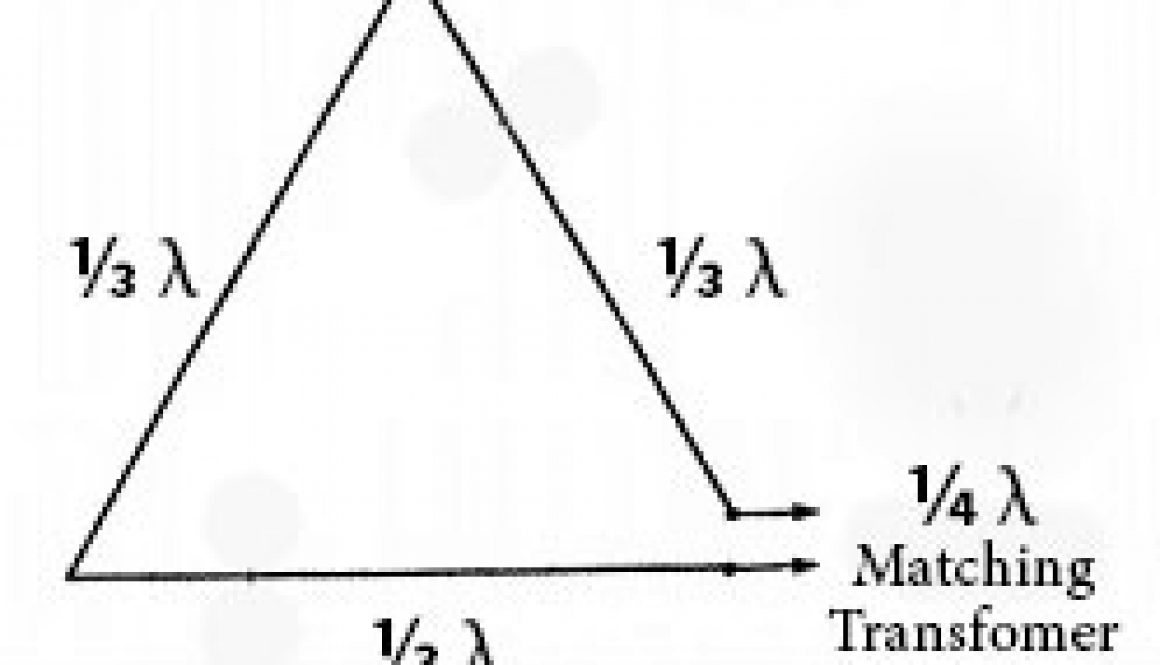Wolf River Coil vs Buddipole Shootout
For Field Day 2021, I got together with other AmRRon members to compare the Wolf River Coil antenna to the Buddipole. I have always been impressed with the Buddipole and was interested in buying one until I discovered the Wolf River Coil which looked even more portable and lower cost. The Buddipole was compact, seemed […]
